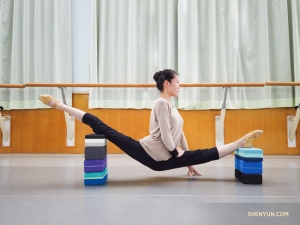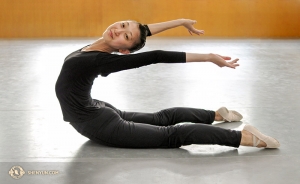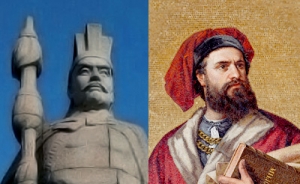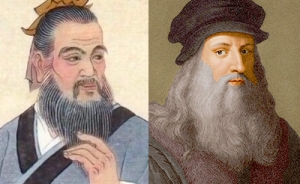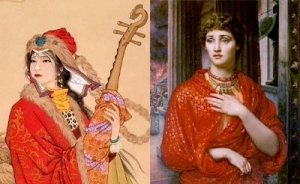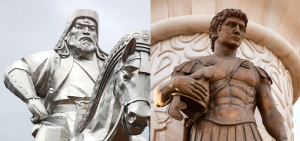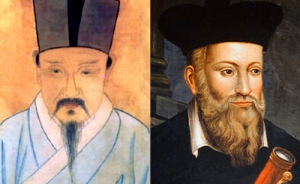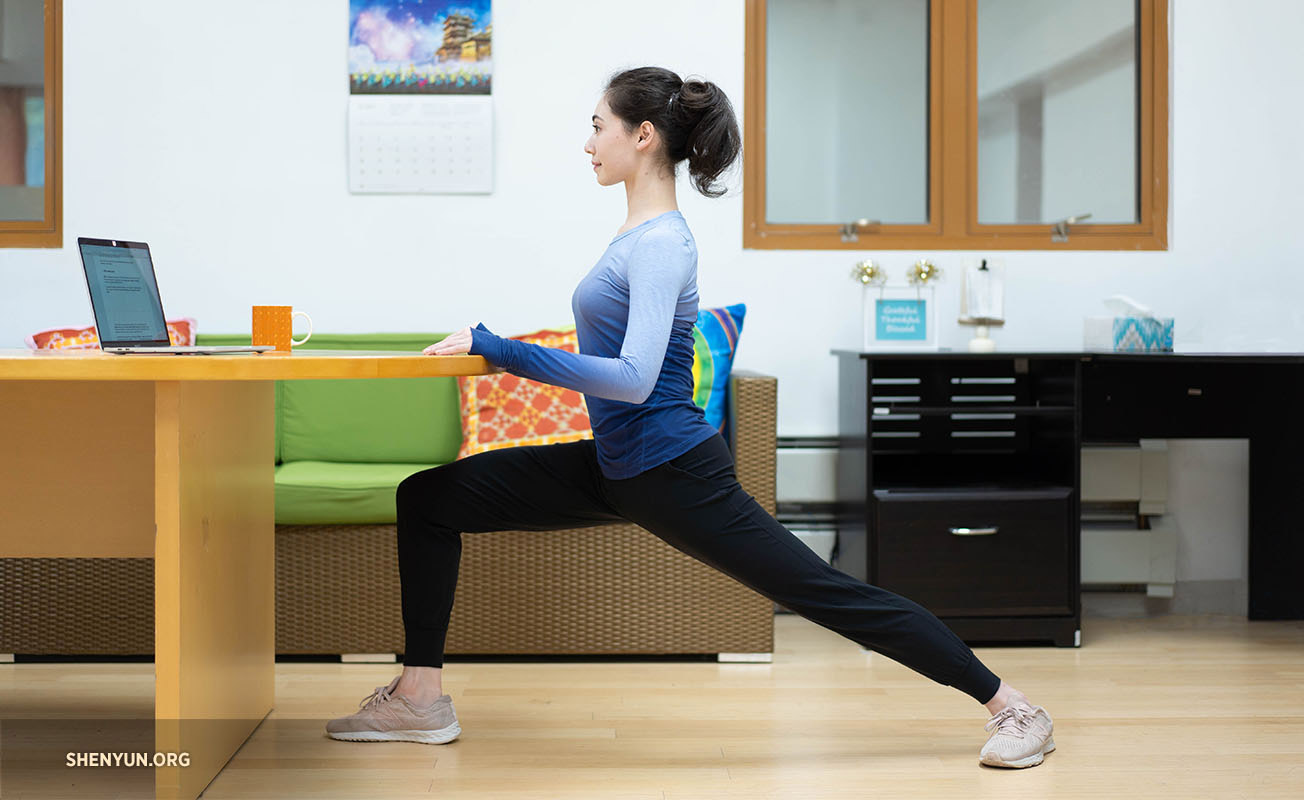
7 Dance-Inspired Stretches You Can Do at Your Desk
Ever wondered why martial artists—and dancers for that matter—are strong and agile, yet not bulky? One reason is that they focus on flexibility and elongating their muscles. Stretching keeps your muscles long, lean, and healthy.
Everyone can benefit from a little stretching, no matter what you do for a living. Ever stretched first thing in the morning, or after a long slog at your desk? You are increasing blood flow to your muscles and oxygen to your brain, leading to that burst of wakefulness and energy you were looking for.
Stretching also helps your muscles relax. Bad posture, stiffness, and pain from sitting too long all result from unnaturally tense muscles. An occasional stretching break helps counter those negative effects.
So, where do you start? Here we put together seven stretches inspired by both movements in classical Chinese dance and warm-ups dancers do before class. Best of all—you can do all of these at your desk!
Two points to keep in mind: Take deep breaths and relax. The idea is to elongate your muscles, not tense them.
Ready? Let’s get started.
1. Neck Warm-ups
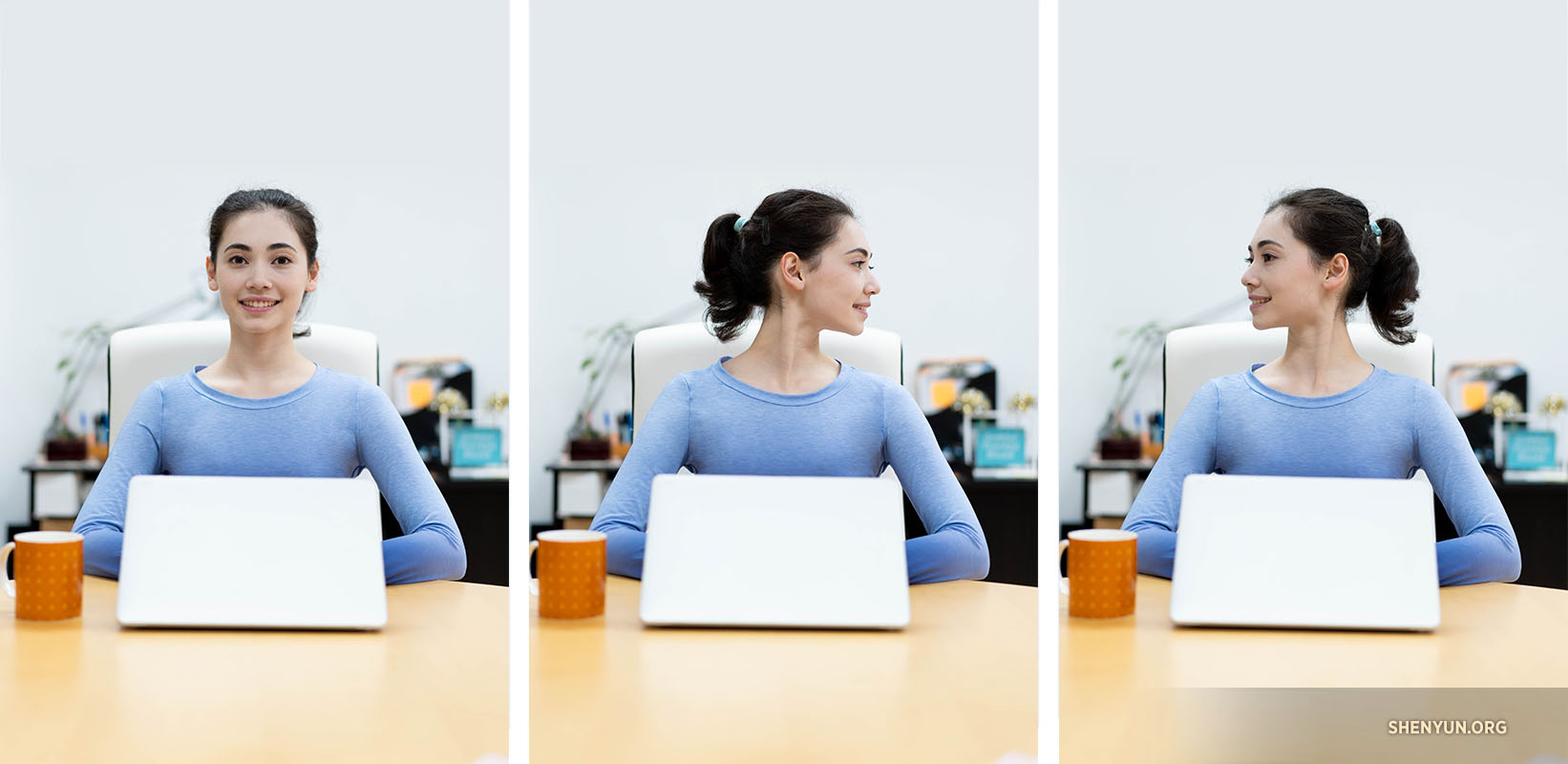
Dancers do movements similar to these on the barre to increase the neck’s range of motion. These warm-ups also help correct head, neck, and shoulder positions.
Hold a table, or anything stomach-level with both hands. Stand up straight with your feet together. Without moving your body, turn your head as far as you can to your right shoulder. Keep your chin level. Hold for one breath, then turn back to the front. Repeat on the left side.

Now gently let your head fall forward. Remember to relax and breathe deeply. Using the crown of your head, slowly draw a full circle until you return to your starting position. Your neck is delicate, so don’t force it too hard. Repeat on both sides to work out any stiffness or pain.
2. Inward Curl and Flex Spine (含腆)
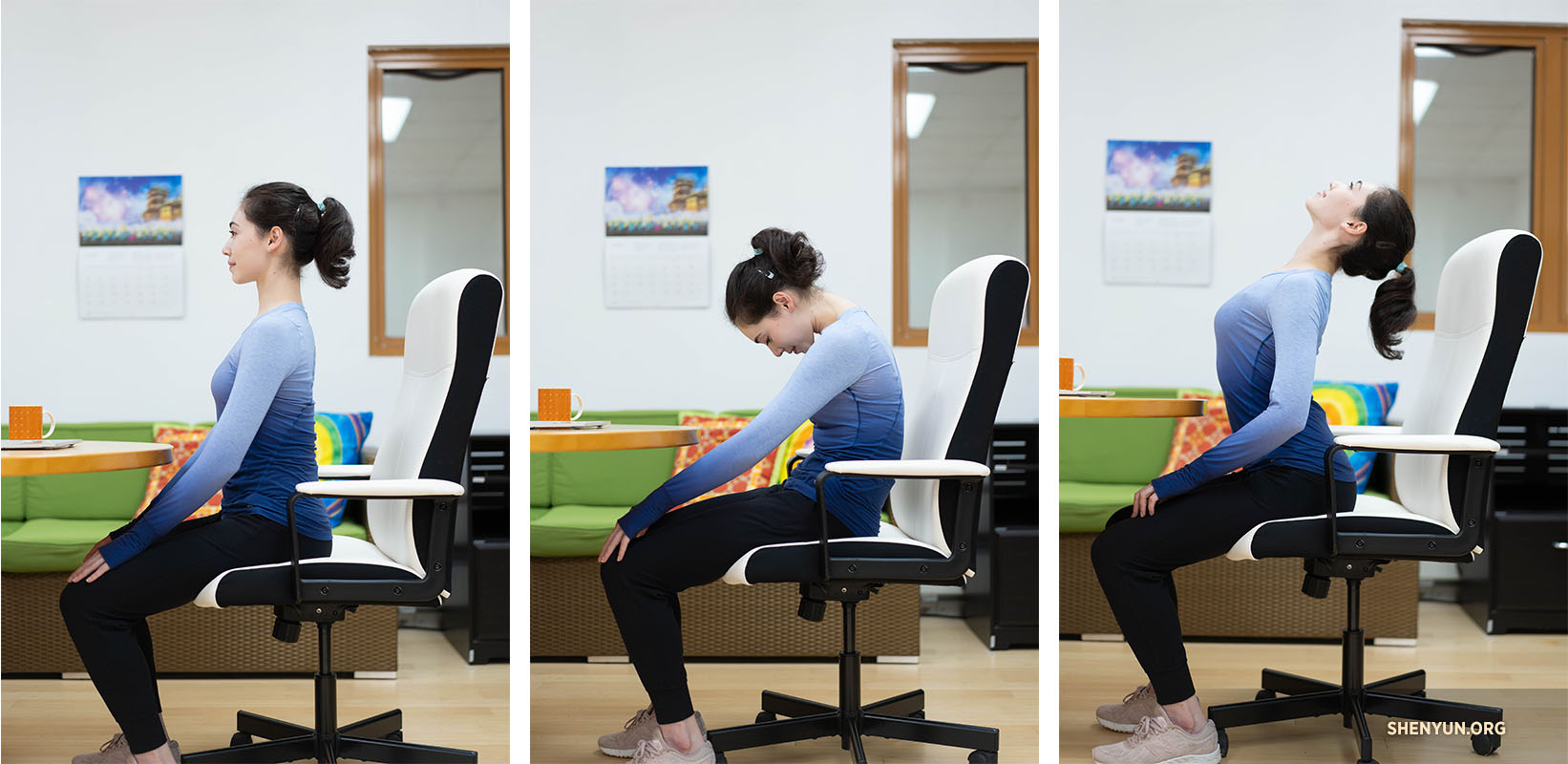
Han (含) and tian (腆) are two of the many elements of bearing in classical Chinese dance. Han means to contain or to hold. In dance, it is the inward curling of the chest followed by the rest of the upper body. Conversely, tian is the opening of the chest and upper body. In classical Chinese dance, these movements are driven by the breath. Using movements inspired by han and tian, we are going to loosen our spine.
Sit up, and straighten your vertebrae as much as possible. Exhale, and starting from your tailbone, relax your spine backward bit by bit until your whole upper body—including your head—is curled up.
Now, starting again from your tailbone, straighten up your vertebrae bit by bit while inhaling. Once you get to your chest, open it up towards the ceiling. Tilt your head back, stretching your throat as well. Feel as if the sun is shining on your collarbone, as one of our teachers tells us.
Repeat as many times as you like, making sure to coordinate breath with movement.
3. Twist (横拧)

In heng ning (横拧), the lines of your hips and shoulders form almost an X shape when viewed from above. Another way to describe it is swiveling your shoulders without moving your hips. Because classical Chinese dance emphasizes harmony of opposing forces, the majority of dance moves have some element of heng ning in them.
Start by sitting straight with your knees together. Placing your right hand against your left knee, swivel your upper body to face the left. Don’t move your hips! Hold and inhale, then slowly release while exhaling. Repeat on the other side.
4. Shoulder and Upper Back Stretch

Dancers stretch this area very often, even when not in class or performing.
This first move helps counter the negative effects of slouching. Gently roll your shoulders to warm them up. Then join your palms together behind your back, straighten your arms, and pull downwards. You should feel your chest opening and your scapulae going downwards. For a deeper stretch, lift your arms back and away from your body.
This next stretch increases shoulder flexibility. Put your forearms against the wall, a desk, or the floor. Then exhale and lean forward with slight downward pressure, as if someone were pushing down on your upper back. You should feel your back and shoulders elongating, and a slight pressure on your shoulder joints. Hold for a few breaths, relax, and repeat.
5. Hamstring Stretch

You may remember this one from gym class. This is a stretch dancers do when they are first starting out.
Stand with your feet at shoulder width—or together, if you are more advanced. Reach your hands down to touch the floor. It’s okay if at first you can only touch the floor with your fingertips. Relax, breath deeply, and feel the stretch in your hamstrings and lower back.
Now, keeping your hands on the floor, exhale and slowly bend your knees into a squatting position. Relax and curl your back, stretching out that spine. Then slowly go back to your original position, keeping your hands on the floor. Remember to breathe. Repeat three times.
6. Kua tui (跨腿)
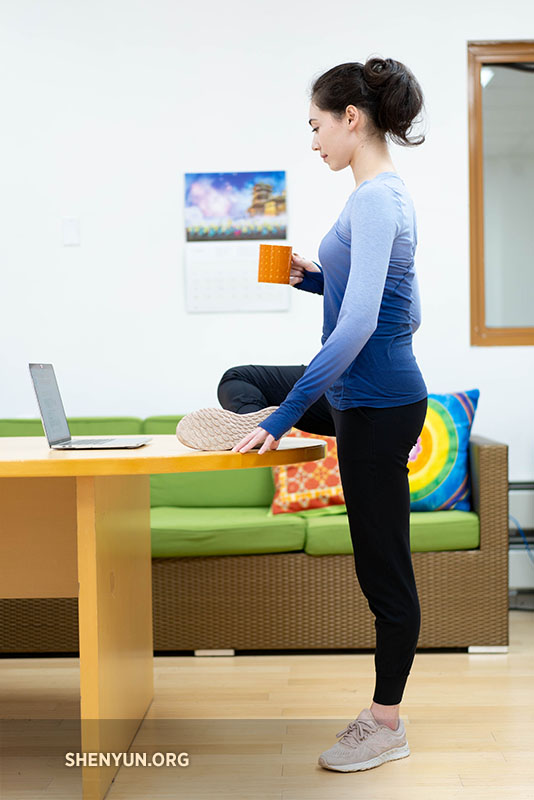
Kua tui (跨腿) is a leg position distinctive to classical Chinese dance. It can be seen in many of the dance form’s turns, windmills, and leaps.
In this stretch, we are mimicking the kua tui position with the support of our desk. This will loosen up the joints in our hips and knees, as well as stretch the inner thigh muscles. Stand straight and use your hand to bring your right leg onto the desk. The line of your calf should be parallel with the line of your hips. If your knee sticks up, that’s normal.
Relax, and let your knee slowly fall. You can do this stretch while you work, just remember to switch sides.
7. Standing Lunge (弓箭步)

Gong jian bu (弓箭步) literally means bow and arrow step. You might know it as a lunge. In dance it is usually done sideways.
Long periods of sitting can make the muscles in your hips tight. This stretch will help retain movement in that area, while also stretching your calf muscles and Achilles tendon.
To start, hold onto your desk and put one leg in front of you, bent almost 90 degrees. Make sure your knee is pointing straight ahead and not tipping in or out. Straighten your back leg, with the ball of your foot on the floor—if your heel can touch the floor, then you have a long Achilles tendon!
It’s important to keep your hips and upper body straight, or else you won’t stretch the right places. Hold for a few breaths, then deepen the stretch by extending your back leg further. Repeat on the other side.
* * *
A journey of a thousand miles begins with a single step.
- Laozi
You may not reach peak flexibility after one try, but done daily, these stretches can start you on a path to a healthier body and mind. Give them a try the next time you need a little wake-me-up. Also, document your progress with before-and-after photos to share with your loved ones! We’d love to see them too.
Happy stretching!
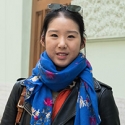
Stephanie Guo
Contributing writer


